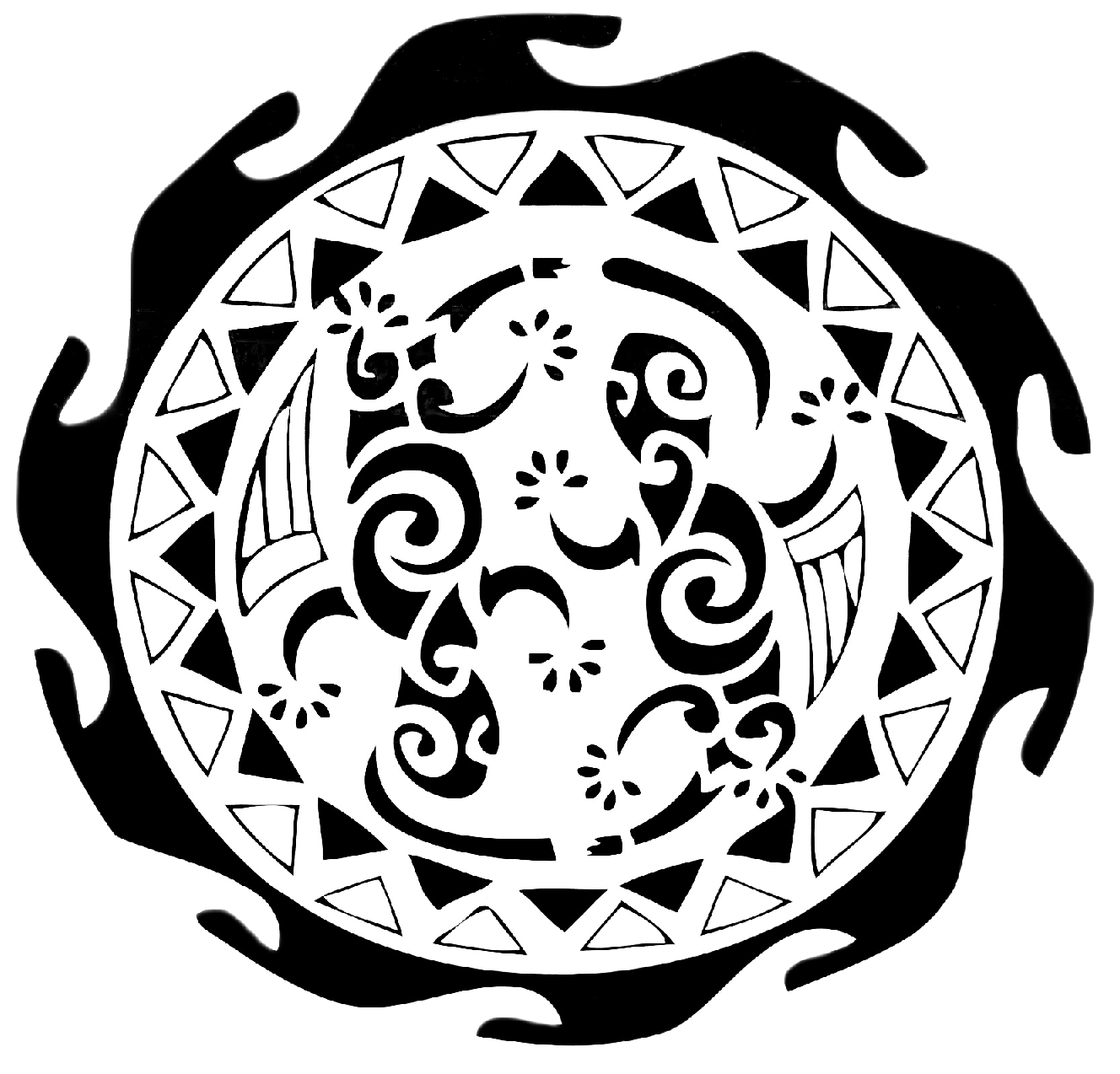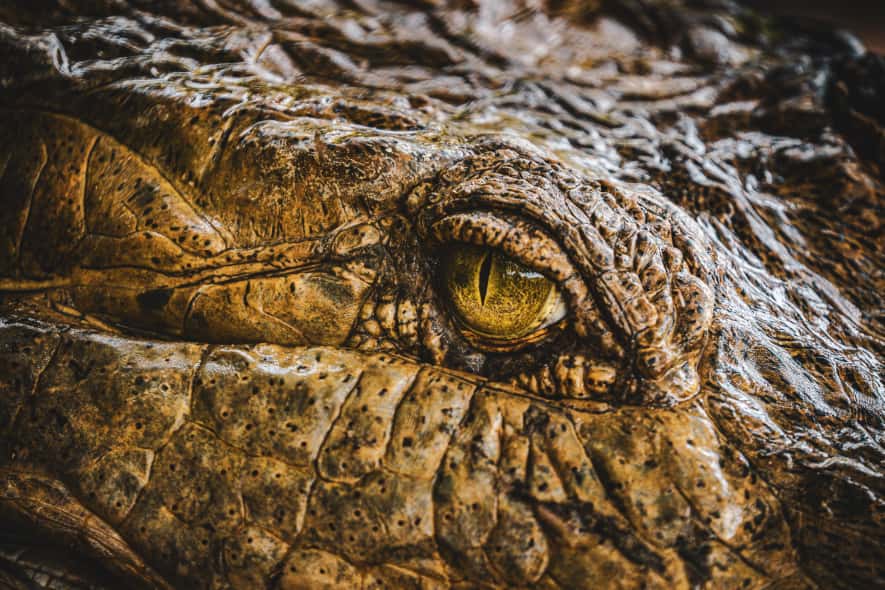At seventy, Picopando is finally enjoying his retirement in his own pond – together with his partner. This is what the guide at Hato Masaguaral in Venezuela tells us. In front of us, a large, somewhat distorted, pointed snout, more reminiscent of a fossil than a living animal, rises out of the water. But suddenly the crocodile moves, hoisting itself heavily yet nimbly onto a mound of earth. It’s feeding time.
Only now does its size become apparent: this male weighs 380 kilograms. You can see its age, but we would never have guessed 70 years; it could just as easily be 700 years old.
An endangered species with a tiny population
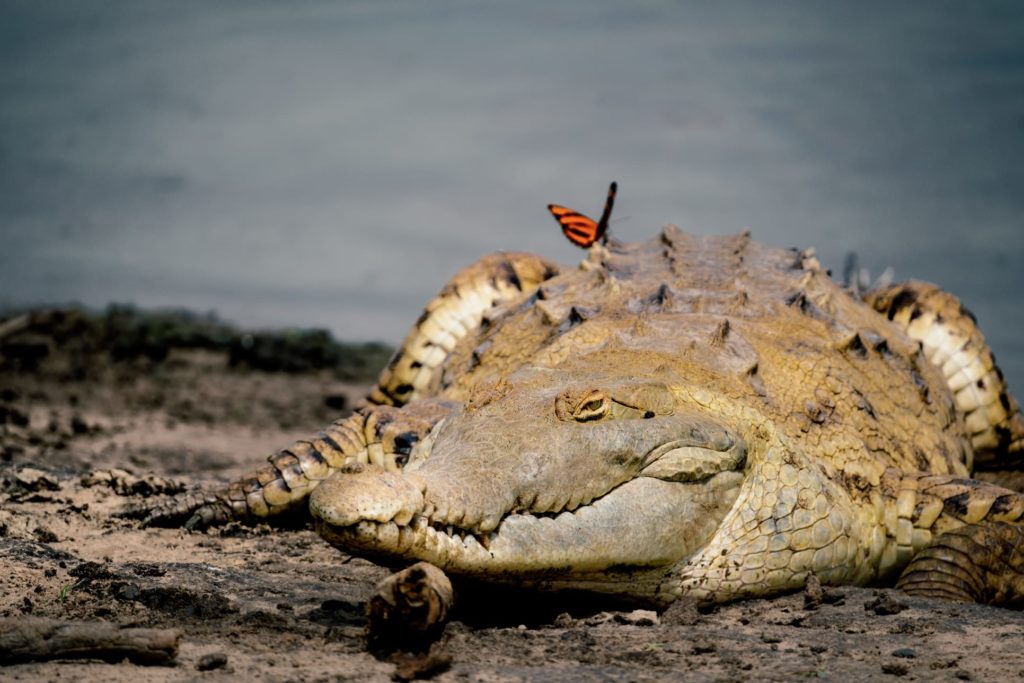
Picopando has sired numerous offspring. Today, he spends his twilight years with his female in their enclosure. Releasing them into the wild would be too dangerous for the animals – not because they lack hunting skills, but because of humans. The main cause of the downfall of the Orinoco crocodile in general.
Estimates suggest that there are only 250 to 1,500 individuals left in the wild. At Hato Masaguaral, a kind of ranch, young animals are bred, raised and later released into the wild. The eggs are incubated – with the ambient temperature determining whether females or males hatch from a clutch. The young are then cared for for about a year, because in their first year they are easy prey to other animals and few survive. Only when they weigh six kilograms are they allowed to discover the Llanos, their original habitat in the Orinoco River basin.
South America’s unique crocodile
The Orinoco crocodile (Crocodylus intermedius) is the only true crocodilian that lives exclusively in South America. There are some populations of the American crocodile (Crocodylus acutus) in Ecuador and Colombia, but all other species are caimans. However, the variety of names often leads to confusion:
- In Venezuela, the Orinoco crocodile is called Caimán llanero.
- The spectacled caiman (Caiman yacare) is called Babilla in the Llanos, while its southern counterpart is called Lagarto in Bolivia and Yacare in Argentina.
- And the small dwarf caimans (Paleosuchus) are often called Cocodrilo in Bolivia.
A huge mess.
The third largest crocodile in the world
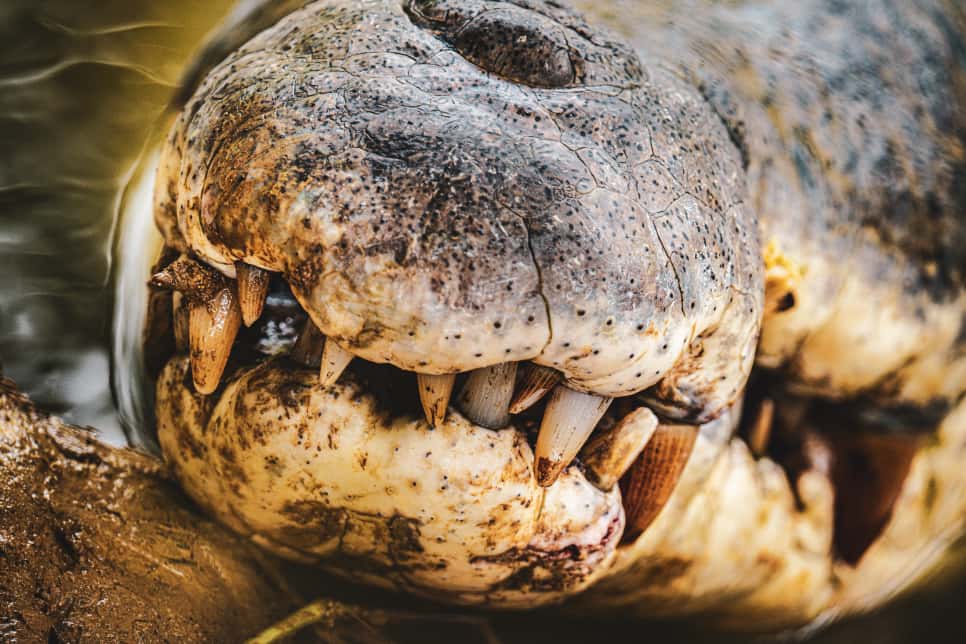
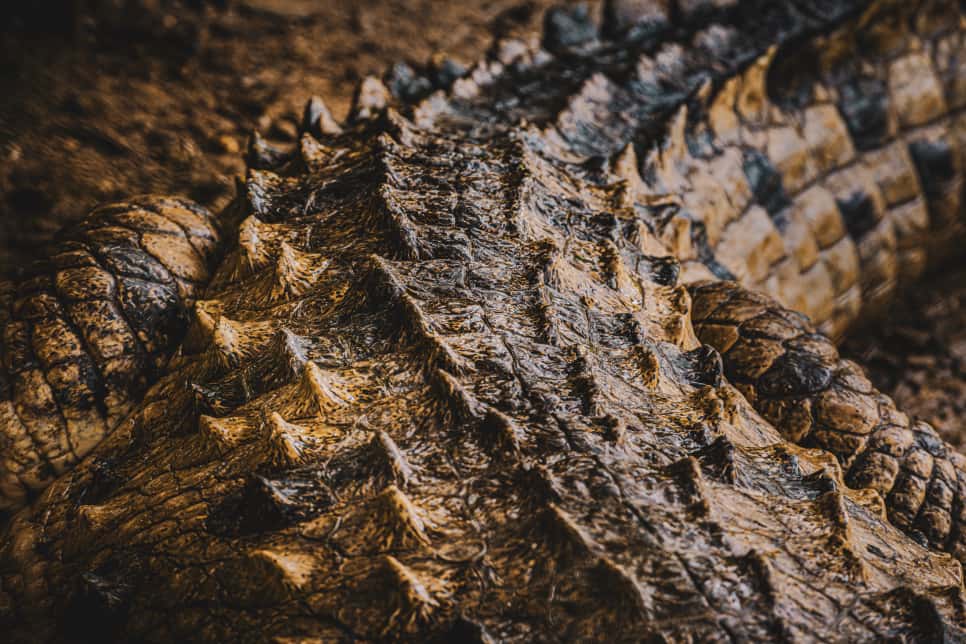
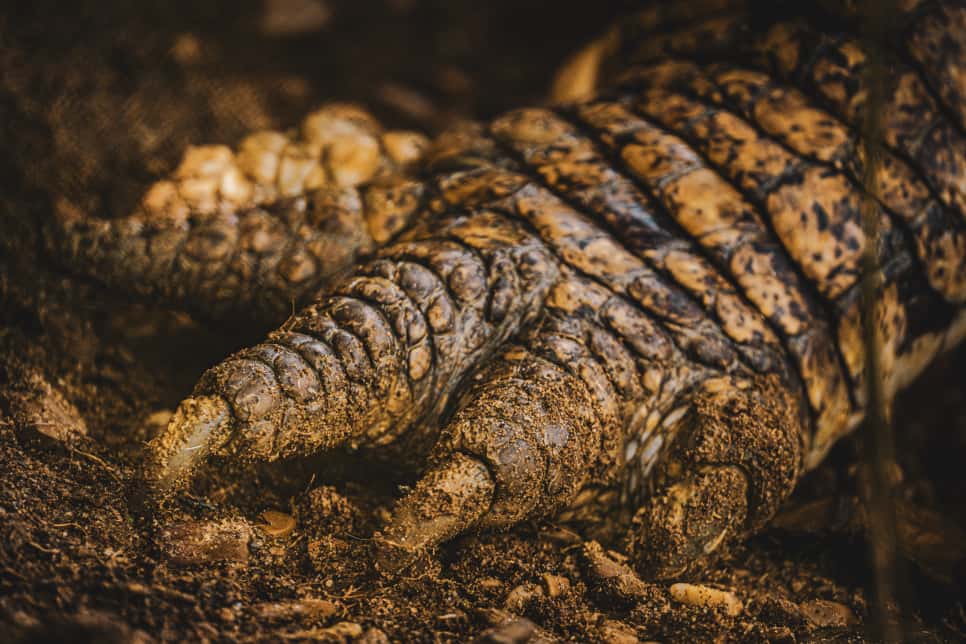
With a length of up to 6 metres, the Orinoco crocodile is one of the largest crocodile species in the world. We saw it live on a safari in the Colombian Llanos Orientales:
As we do often, we drove to a remote area, to Hato La Aurora. The ranch has a huge protected area where many different species can be seen: jaguars, tapirs, caimans, capybaras and anacondas. The latter were also the reason for our stay, although we ended up seeing them elsewhere.
But we went on the safari anyway. We set off in a small yellow open-top Toyota. We hoped to see the crocodile at some point, but we also knew that it was very unlikely. Our driver was not very talkative, but he stopped next to a pool without comment.
Suddenly, a five-metre-long, eight-year-old male swam elegantly towards us and plopped himself onto the bank. Michael looked at me in amazement and simply said that it didn’t look like a caiman. And it wasn’t: we were standing just a few metres away from an Orinoco crocodile. In the other pool, we saw the female, his former partner. When we asked, our driver told us that the male had escaped. They feed the animals from time to time to keep them there. They are not locked up, they could leave, but outside the reserve they are hunted. Besides, it’s good for business.
Humboldt saw millions, but today you have to search for them
There are several projects in Venezuela and Colombia aimed at ensuring the survival of this species. Every year, around 150 animals are released from Hato Masaguaral. But only a fraction of them survive long enough to reproduce. Shortly before our visit to Hato La Aurora in Colombia, they had released 50 young animals – we didn’t get to see any.
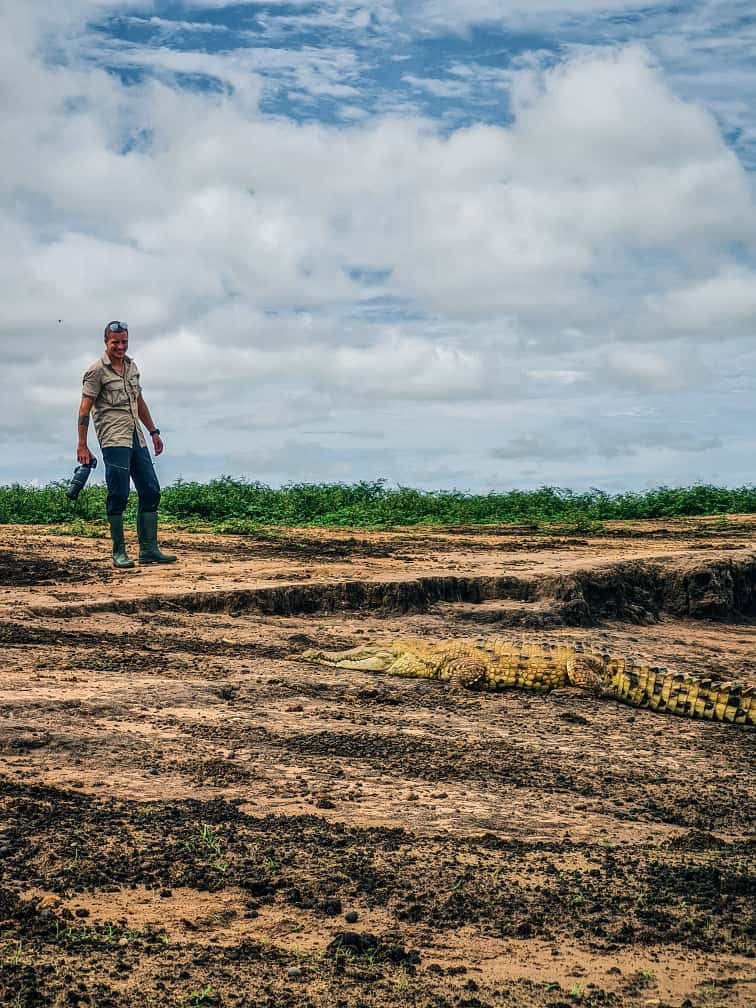
Historical reports, including those by Alexander von Humboldt, describe the banks of the Orinoco River as once infested with crocodiles. Today, their population has shrunk dramatically.
At the beginning of the 20th century, the population was estimated at three million animals. The animals were killed, but not systematically hunted. People were afraid because there were stories of killed specimens in which jewellery and human bones were found. Fishermen and washerwomen in particular were in danger of being killed by crocodiles. Then the fashion industry emerged and with it the demand for high-quality leather. And its decline began.
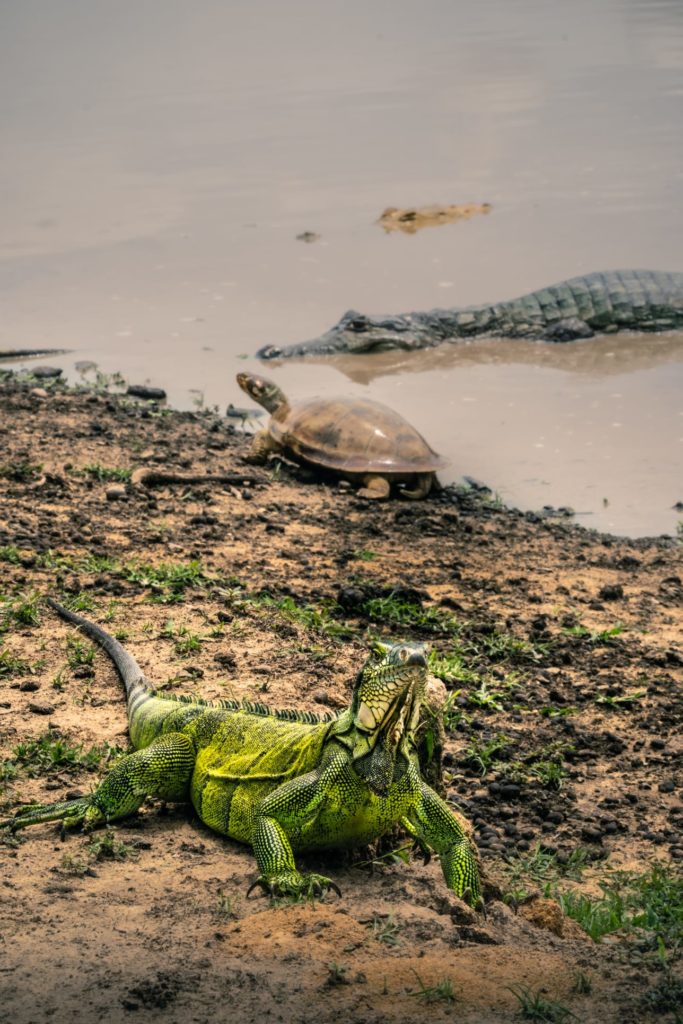
From 1930 to 1960, the population was decimated. The profession of caimanero, or caiman hunter, emerged and hunting operations were organised. The animals were hunted until not a single specimen could be found in the area. According to official figures, 790 tonnes of crocodile leather were exported in 1931. Some scientists estimate that 2.5 million crocodiles died in the early years.
Today, the animal is threatened with extinction and strictly protected. There are hardly any documented cases of smuggling, but in poverty-stricken Venezuela, crocodiles and their eggs are occasionally used as a source of food. Or they are killed out of fear. However, there are so few specimens that they are hardly ever seen outside protected areas.
A relic from ancient times – and an uncertain future
The days when Humboldt was warned not to look over the edge of the boat, lest he be eaten by a crocodile, are definitely over in the Llanos. It is only thanks to breeding stations and a few organisations that the animal still exists in the wild – who knows for how much longer.
Picopando has long since done his part to preserve the species. Today, he is enjoying his retirement. He snatches the piece of meat that the keeper throws in front of his snout and swallows it whole. Then he glides back into the water – only his small eyes still visible above the surface.
